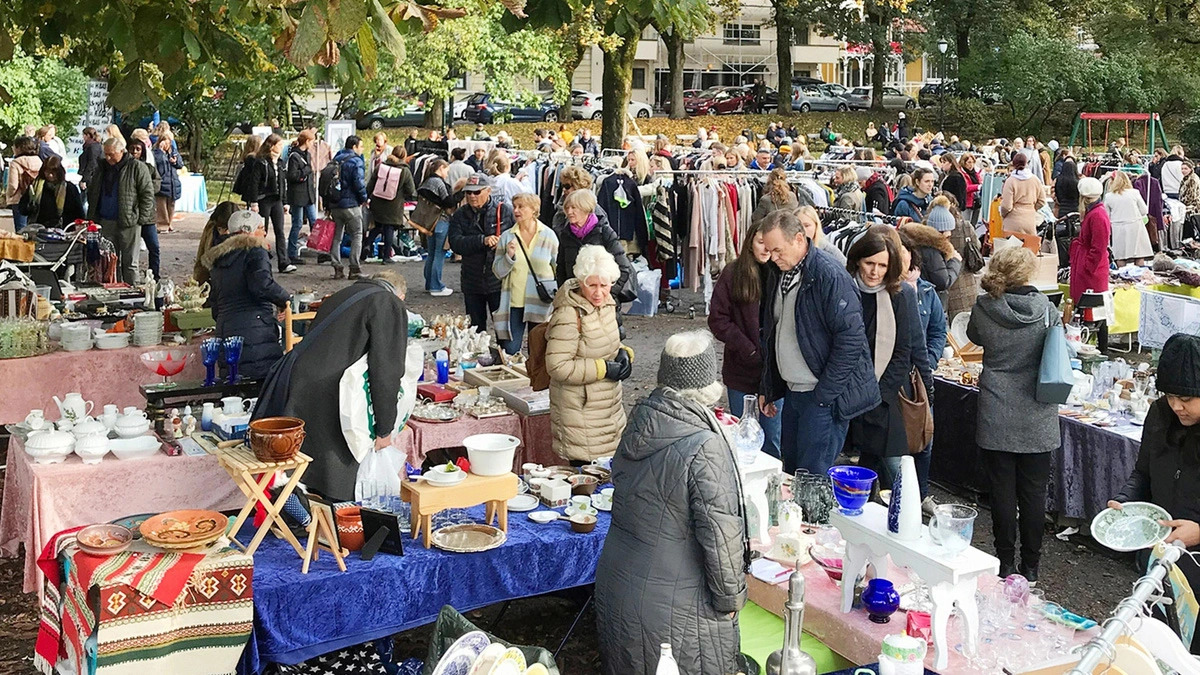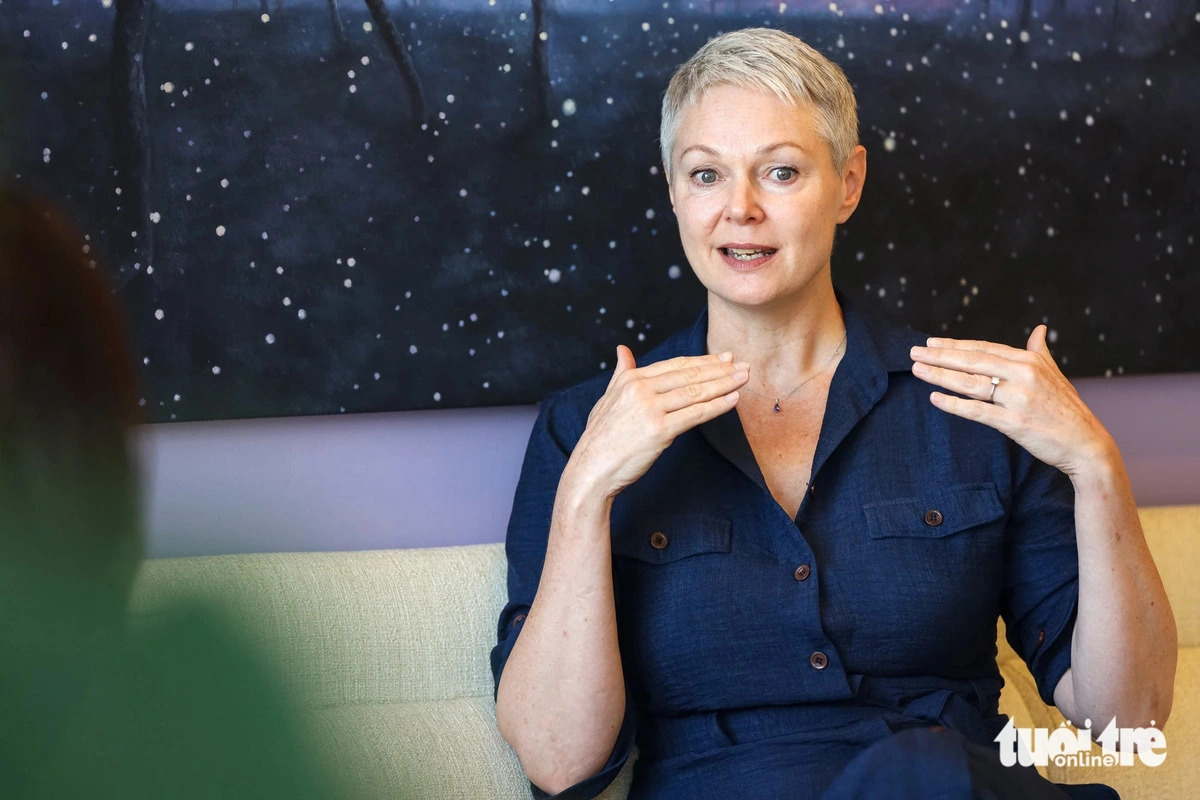With a plastic waste recycling rate of up to 97 percent, Norway has proven its efficiency in creating a sense of responsibility for environmental protection among the people and businesses – something Vietnam would do well to learn from, considering it is one of the world’s top 20 largest producers of waste.
Buying used goods is a part of everyday life in Norway, where the Second-Hand Trade Act of 1999 has played a significant role in protecting the environment by putting pre-owned goods into the retail market.
Sustainability through legal reformation
Norway recently reformed the Second-Hand Trade Act by loosening a number of regulations in order to promote the sustainability of its circular economy and create start-up opportunities for its citizens.
Though the act was amended once again in 2015, many believe it is now outdated, claiming it has become a major barrier to businesses selling second-hand commodities, such as clothing, furniture, consumer electronics, and sports equipment.
Such comments have led to the latest revisions to the act, which came into effect on July 1, 2024.
These adjustments came amid growing concerns about the environmental impact of textile production and consumption, with Norwegian businesses importing 88,233 metric tons of clothing and footwear in 2022 alone.
The existing act requires second-hand stores to follow strict procedures, such as adhering to mandatory police requirements, keeping detailed records of all items, and storing goods for at least two weeks before they are sold or reused.
Currently, with the newly revised act, these restrictions have been removed for most used goods, except for cars, cultural goods, and precious stones and metals.
Norwegian Minister of Trade and Industry Cecilie Myrseth recently expressed her satisfaction with recent amendments to the law, telling local media that July 1, 2024 marked a positive step for both the environment and the budgets of second-hand shoppers.
From waste to resources
The evolution of the Second-Hand Trade Act demonstrates Norway’s commitment to its citizens and circular economy.
The secret to Norway's success has been to create favorable conditions for everyone to participate in the implementation of the act, Norwegian Ambassador Solbakken told Tuoi Tre (Youth) newspaper in an interview before the start of ‘Nordic Day - Toward Green Goals’ – an event held within the framework of the three-day Green Economy Forum and Exhibition (GEFE) 2024, which wrapped up in Ho Chi Minh City on Wednesday.
There is almost no waste that cannot be recycled in Norway.
First, household waste such as organic waste, food, and plastic waste is sorted at home before collection by city authorities.
The garbage is later processed to create valuable resources, the diplomat said.
During its decomposition, the trash produces methane gas that can be used as fuel for buses instead of diesel, and the resulting carbon dioxide from the process can be utilized to boost the growth of crops.
The remaining waste can be turned into organic fertilizer for agriculture.
Waste is also no longer a burden on people as old and broken electronic devices, such as TVs and vacuum cleaners, can be completely recycled, the ambassador commented.
A phone, for example, can contain up to 60 different types of minerals that can be reused.
For this reason, Norway requires mobile phone stores to collect old devices from consumers for recycling.
Norway is considered to be 10 years ahead of other European countries in combating plastic waste.
Its recycling rate sat at 97 percent in 2020, and the country's ambitions do not stop there.
|
|
| Norwegian Ambassador to Vietnam Hilde Solbakken gestures in an interview with Tuoi Tre (Youth) newspaper about issues related to waste recycling in Norway. Photo: Danh Khang / Tuoi Tre |
Through the Circular Economy Action Plan, Norway is looking to reduce the need for new natural resources in production, focusing instead on reuse and recycling to create less waste.
To encourage businesses to innovate to find greener, more sustainable solutions, the Norwegian government is adopting a ‘carrot and stick’ policy, according to the ambassador.
Accordingly, the ‘polluter pays’ principle has been applied as a measure to enhance businesses’ responsibility for environmental protection for the sake of sustainable development.
The ambassador explained that if companies are required to take responsibility for their products' entire life cycles and cover disposal costs when they become waste, these requirements will incentivize companies to design products that can be reused multiple times, are easily recycled, and generate minimal waste.
She noted that the production of plastics not only emits greenhouse gases but also consumes the world's crude oil resources.
Therefore, Norway encourages companies to develop plastic production methods that minimize natural resource use, create reusable plastic products, and use chemical components that simplify recycling.
To develop a circular economy, it is important to help people and businesses to fulfill these obligations, Solbakken emphasized.
Close cooperation between the government, industries, universities, and research institutes in Norway is seen as key to addressing challenges and developing new technologies.
Besides issuing regulations, the government also ensures that stakeholders can participate in providing feedback, sharing scientific data, and proposing amendments.
Vietnam could learn from the Norwegian model
Designated Vietnamese agencies should consider and apply a strategy similar to Norway's in terms of waste management and recycling in Vietnam.
The country produces approximately 60,000 metric tons of household waste daily, with the majority coming from urban areas, said Phan Xuan Thuy, deputy head of the Central Commission for Information and Education, at a powwow in Hanoi on March 7.
Thuy highlighted that, according to statistics, Vietnam is among the world’s top 20 countries in terms of annual waste volume.
She pointed out that plastic is produced in large quantities and is often discarded without sorting or recycling, which contributes significantly to the waste problem.
This makes it difficult for functional units to clean and recycle waste, he commented.
Thuy said that solid waste is a serious environmental issue, increasing at an estimated average rate of six percent per year from 2021 to 2030.
He referenced the Ministry of Natural Resources and Environment, noting that about 64 percent of household waste in Vietnam is currently treated by burial, with only about 20 percent buried hygienically.
Like us on Facebook or follow us on Twitter to get the latest news about Vietnam!



















































